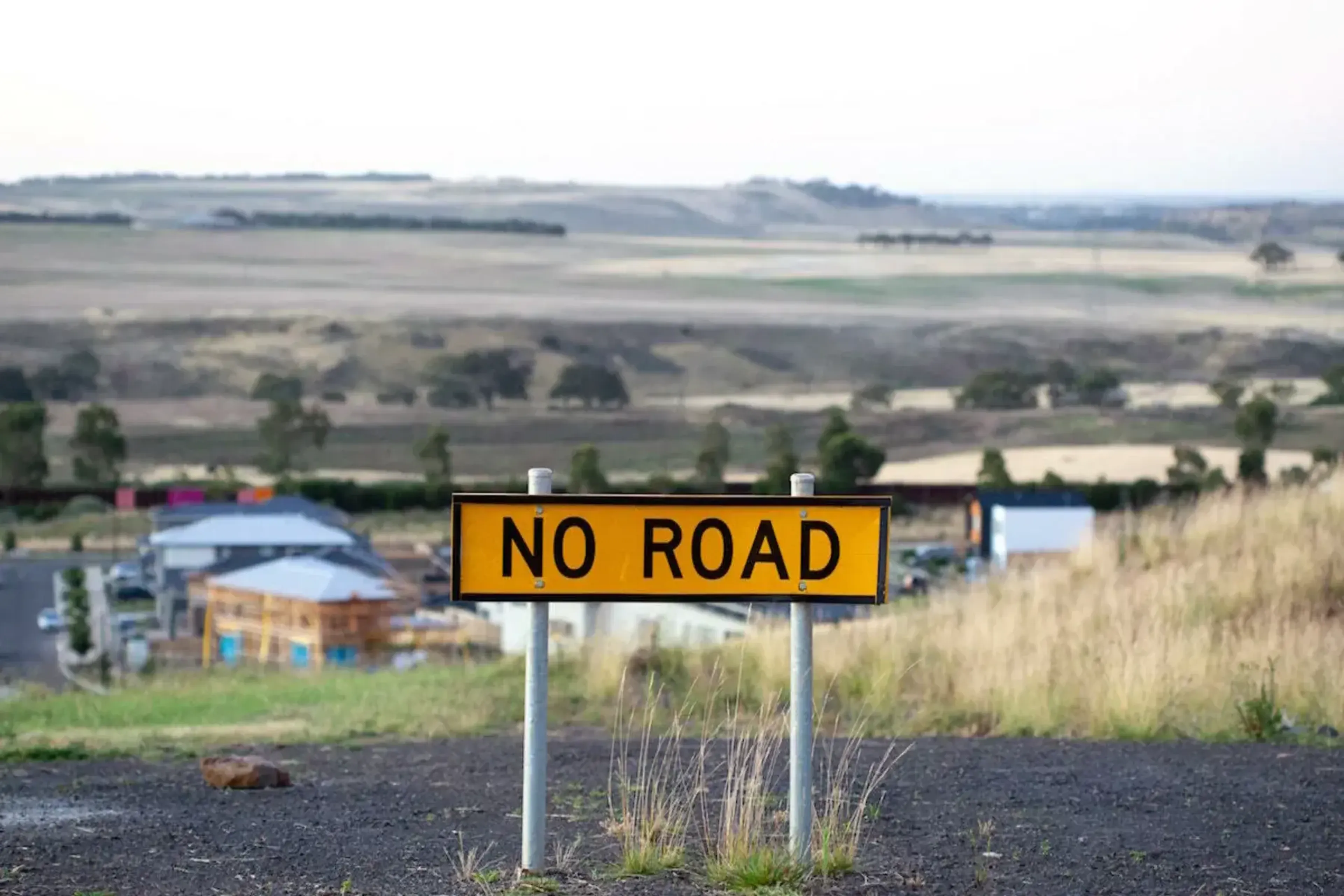
Matt Harrington
Director

I love roadmaps. I think they are a fantastic way to communicate priorities, what you are doing and why, openly and transparently.
They help give teams a clear focus and when done well they generate useful challenge and ideas.
Good roadmaps are simple, they don’t try to do too much. At Public Digital we encourage building roadmaps around Now, Next and Later.
Now - What you are working on right now, the most important thing for you to do. The work and value will be well understood.
Next - What you are lining up to do next. This work should be well defined and known but there might be a few things to resolve or learn when you start. You should have strong conviction of the value it will bring, and who it’ll be valuable to.
Later - Future work that might not yet be fully scoped or understood, but something you are confident you will do.
But I think something is missing. A Not doing section.
The problem with the Later section of a roadmap is that it can provide an easy way out. It lends itself to being the over-crowded waiting room, the place to put something to appease someone or the ideas to look at later. And this just creates future problems. Having a Not doing section encourages you to have hard conversations about prioritisation early, and solves these problems:
When you put something on a roadmap it becomes a thing. Regardless of where it goes, it communicates that a conscious decision has been made to put it there. That means people in the organisation will see it, talk about it and ask questions about it. It also means that people might start working on it, even if it isn’t the highest priority – they might see it as a quick win and try to get it done.
The problem however is that if you have put lots of things in your Next or Later column because it was the easy thing to do, people all over the organisation are probably now working on them. Meaning your actual priorities aren’t getting the focus they need. If you don’t want to spend time and effort on something then be explicit about it.
Humans cannot multitask. We can switch context quickly, but we cannot do two things at once. Switching context is an inefficient way of working and doesn’t set people up for success. So when you fill your roadmap to the brim with ideas and projects you are setting up for failure. In an ideal world, one priority on your roadmap is linked to a single team in your organisation. This isn’t always possible. Priorities don’t necessarily need a whole team or might be impacted by external factors but by being explicit in your priorities and saying what you are Not doing, you can limit the work in progress and context switching. You will always get more done by doing one thing at a time.
Multiple conversations are a hallmark of poor prioritisation. Talking over the same things again and again is a sign that the original prioritisation wasn’t clear enough and communicated well enough.
When items aren’t properly prioritised or put into a Not doing column (if that's where they belong), then the same conversations keep happening. I’ve seen the same item be discussed again and again in meetings because it is in the later column. Each time it gets put back in the same place because “but if X happens we should jump on it” or “but Y really wants that done.” It’s either a priority or not, and if it’s not then making a conscious decision to put it in Not doing will stop the circular discussion.
Not doing is not a place of no return. Things can come out of Not doing but only if a new conversation can happen based on new information, rather than it just popping up again and again because it’s in Later.
This point is particularly around high level strategic roadmaps. Saying “no” or “not doing” is really hard. However, if you are at the top of an organisation setting expectations of all these amazing things that are going to be done, just think how hard it is for teams doing the doing to say no.
The best organisations are made up of empowered, multi-disciplinary teams. Empowerment can come in many ways, moving decision making to the teams, letting them set out roadmaps and meeting user needs. Another is to lead by example. Say “no”.
There is nothing more disheartening than seeing a roadmap in your organisation that looks like a wish list. Instead put things in Not doing and communicate to your teams that it is OK not to do something if it’s not a priority. This is not dropping things. It’s a conscious decision to focus on your priorities.
Leaders can create more freedom by saying “no” rather than always saying “yes”.

Director